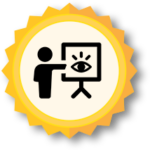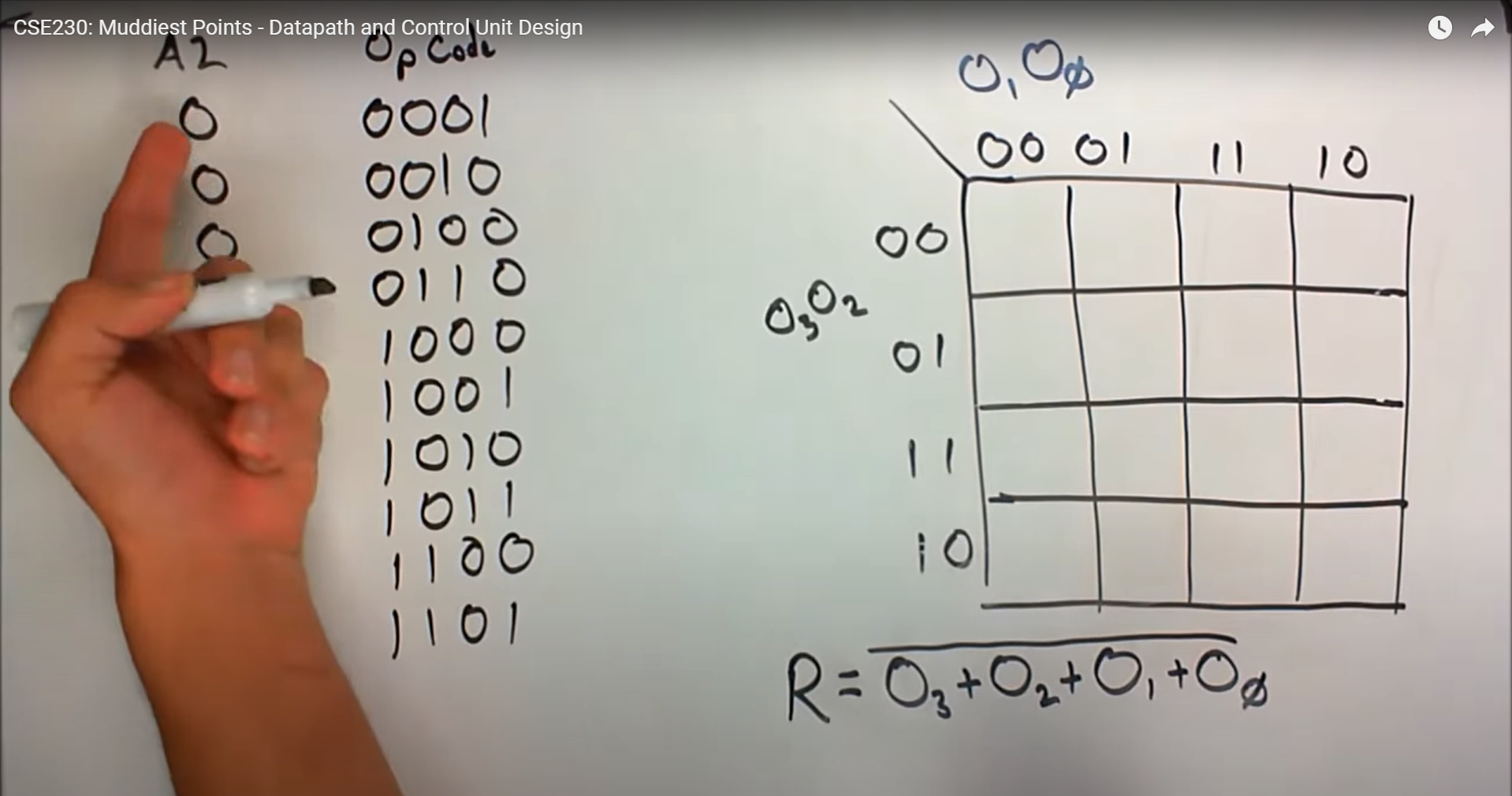Active Learning Instructional Strategy: Muddiest Points
 Overview and Introduction: The WHAT and WHO
Overview and Introduction: The WHAT and WHO
As detailed in the Active Learning: Overview and Introduction Quick Reference Guide, active learning is a term used to describe instructional methods that increase student involvement and engagement in the learning process. Muddiest Points is a method for gathering informal feedback from students on their own understanding of course content, then quickly addressing any conceptual issues that are exposed[1] . You pose a simple question: “Write down one or two course topics or concepts that you are most confused about” then collect and rank these “muddiest points” by frequency of occurrence. In a following class session, you then provide additional instruction on these questions.
This lets students reflect on their own knowledge, and gives additional class time to topics that students are struggling with. It also promotes engagement between you and the students, and gives students a feeling of involvement in the course structure[2,3].
This can be used throughout a course, on a daily, weekly or exam review basis, typically taking 10-15 minutes in-class time, and 15-20 minutes outside of class for preparation. No special software is necessary, though an online survey system is helpful (such as Canvas Survey or Google Form).

 Implementation and Timing: The WHEN, WHERE, and HOW
Implementation and Timing: The WHEN, WHERE, and HOW
It is best to ask students for their Muddiest Points after a unit of instruction, be it a single lecture session, a weekly unit, or just before a significant exam review. Before the next session, you review the submitted topics, and prepare a brief presentation or set of notes to share that addresses the topics submitted. At the beginning of the next session, take time (typically 10-15 minutes) to review this additional material before presenting new content. For best results, repeat throughout the course!
Muddiest Points was developed for in-class instruction but can be utilized in hybrid and online classes where students meet synchronously. In an asynchronous online format, this could also be applied through online surveys and recorded response videos.
Steps for Implementation
1. Identify when to do a muddiest points review. To start, you might focus on units or sections of your class content that you’ve observed that students struggle with the most, or use muddiest points as a guide for a review session before an exam. Muddiest points interventions are more effective when used more frequently – as students will learn how to ask effective questions and become comfortable with the process.
💡 Plan time at the end of a class session to gather topics, and plan time at the beginning of the next session to respond to student topics.
2. Collect topics from students. This can be done by passing out and collecting index cards, or an online survey form such as a survey quiz, or Google Form. Encourage the students to reflect on the topics covered in the course, and write down at least 1 topic that they are struggling with the most. This should be anonymous so that students can feel comfortable sharing their difficulty, and if they have a specific issue, they should include their name so that you can follow-up in a one on one meeting. Encourage students to phrase their topic as a complete sentence or question. Possible prompts might include:
-
- “What recent class problem type are you struggling with the most?”
- “What class concept are you having the most difficulty understanding?”
- “Write any topics you are confused about in this section, or questions you have for the instructor.”
💡 If using index cards, class time should be dedicated to this in a quiet reflection period. This could be an “exit ticket” that must be turned in or left on their desk before they leave the classroom for the day.
💡 If using an online form, make submitting the form required, with a due date, and possibly for a very small amount of course credit. In Canvas, a quiz can be configured as a “graded survey” that automatically assigns points on completion, and student submissions can be viewed by downloading the “Quiz Statistics -> Student Analysis” report.
3. Review submitted topics and rank by frequency of occurrence. While doing this, make note of representative questions from students for a particular topic. Students like to see that their own question was used to start a discussion.
4. Prepare additional instruction. Develop notes or a slide presentation that answers the most frequently mentioned topics. This could take the form of a slide presentation, or just some notes. You should always start by reading an example submission, then presenting information to address the topic. The information should always be new, not just repetition of previously presented material. This might take the form of:
-
- A new worked example for a challenging problem type.
- Discussion of an application of an engineering principle.
- Presenting the topic from a different perspective or approach.
- Re-framing of how a concept fits into the course learning objectives or engineering practice.
💡 Try to save these notes and slides in a form that can be reused. These can be useful for making course content revisions, or just to address muddiest points in the next class offering. It is likely the next group of students will have similar questions!
💡 The first time you try this in a semester, students may not fully embrace it, and you might not get a lot of useful responses. It is important to phrase the prompt as “the most confusing concept” rather than “do you have any questions?” This asks the students to evaluate their understanding. Additionally, this technique works best with repeated use. Students will see the value in asking questions, and become more comfortable with repeated use.
5. Present the additional material in class. It is a good idea to involve the class – pose the topic or question to the class, and ask their perspective, and reinforce or clarify with your own answer. Make sure to ask if there are any additional questions or if any students need extra information.

 Rationale and Research: The WHY
Rationale and Research: The WHY
This technique allows you to see the course content from the perspective of the student, providing insight into the difficulties they are experiencing, and enabling you to focus instruction on what the students are actually struggling with, not just what we may assume they are struggling with.
Students that are hesitant to ask questions out loud during class may respond better to this method.
With repeated use, students become more deeply engaged in class, as they learn to evaluate their own knowledge and attainment of learning objectives. Additionally, this empowers students to have an impact on course content delivery, and strengthens the mutual trust relationship between teacher and students.

 Additional Resources and References
Additional Resources and References
Interested in learning more? Here are additional readings on Muddiest Points as well as citations and links to articles referenced in this document.
[1] Angelo, T., & Cross, K. (1993). Classroom assessment techniques: A handbook for college teachers (2nd ed., The Jossey-Bass higher and adult education series). San Francisco: Jossey-Bass.
[2] A. Carberry, S. Krause, C. Ankeny and C. Waters, ““Unmuddying” course content using muddiest point reflections,” 2013 IEEE Frontiers in Education Conference (FIE), 2013, pp. 937-942, doi: 10.1109/FIE.2013.6684966.
[3] Mackos, A. & Tornwall, J. (2021). Muddiest Points Assessment to Increase Understanding in a Large-Enrollment Course. Nurse Educator, 46 (1), 42-42. doi: 10.1097/NNE.0000000000000869.
